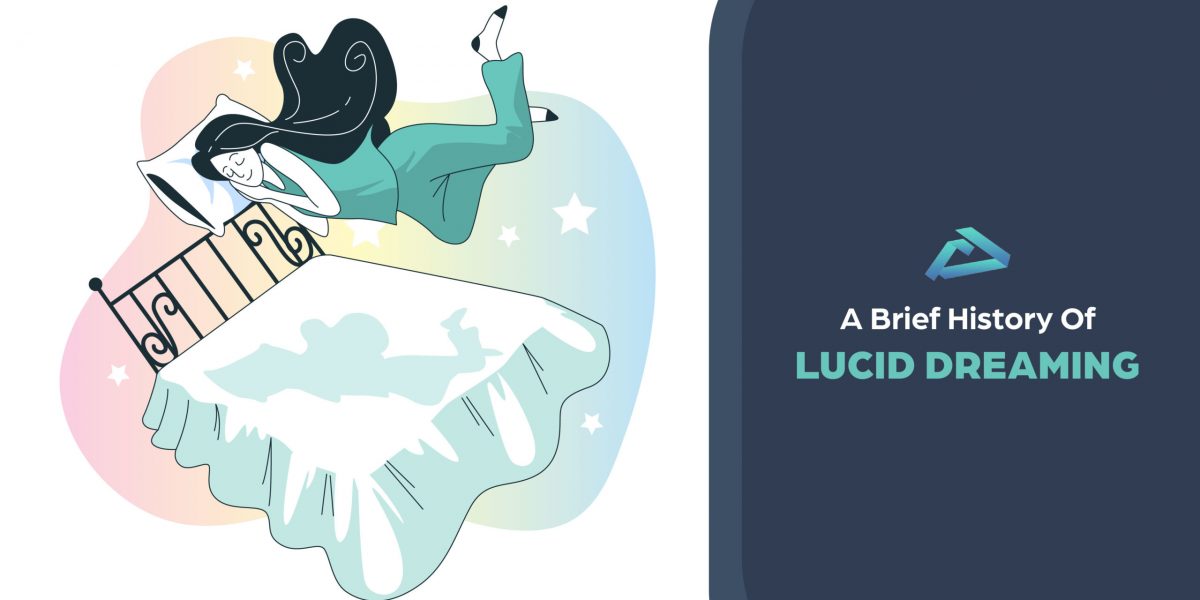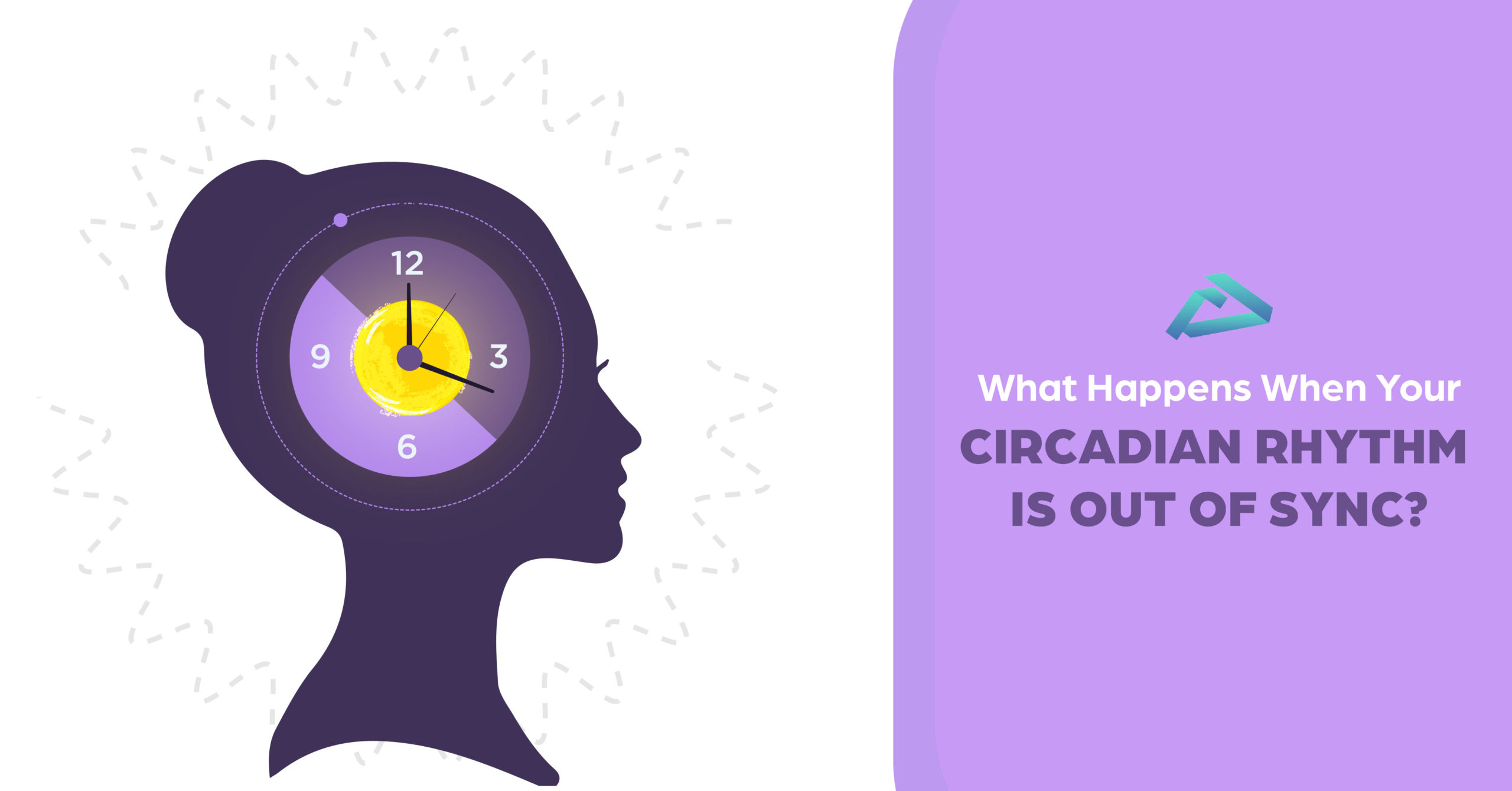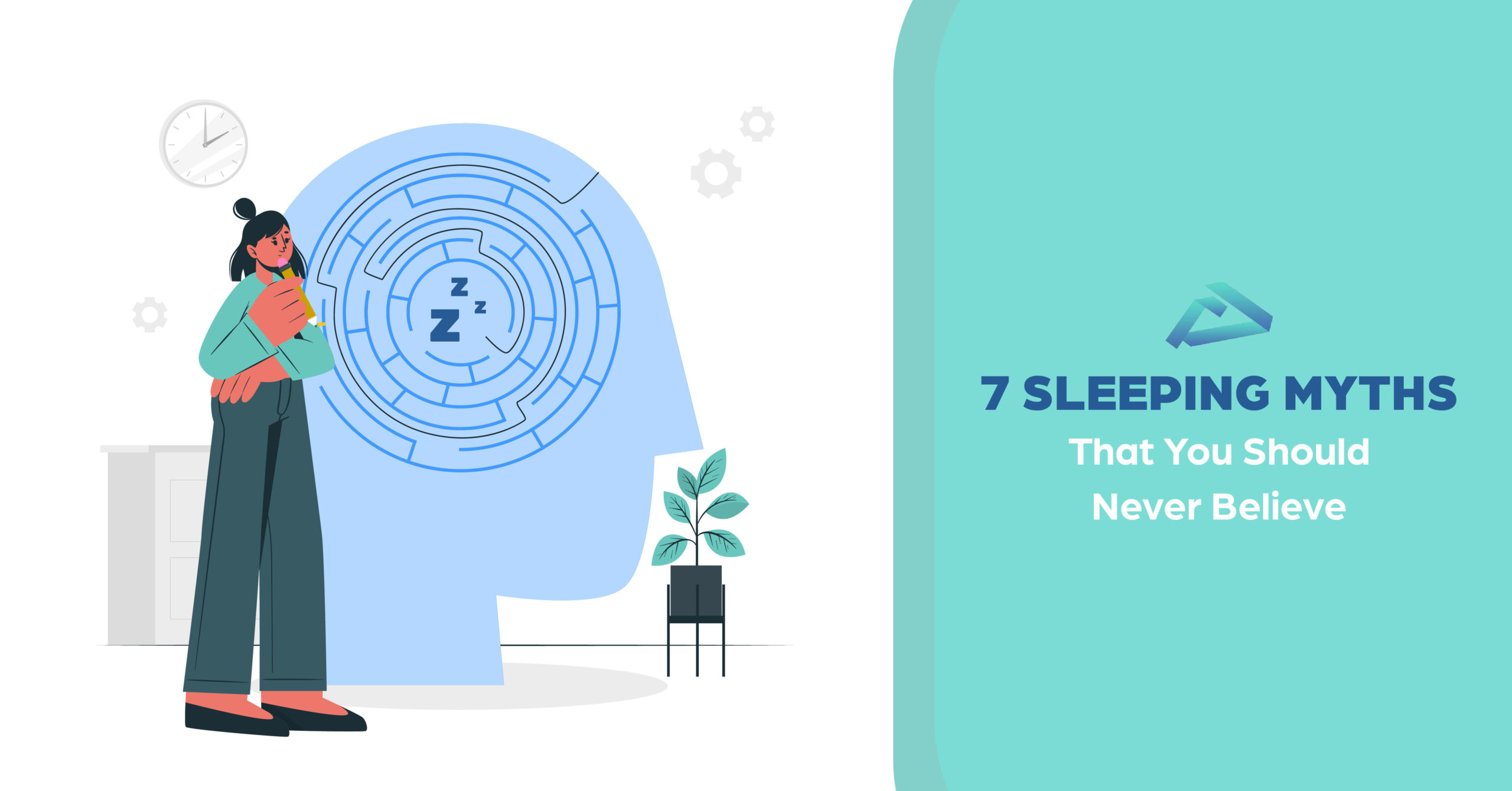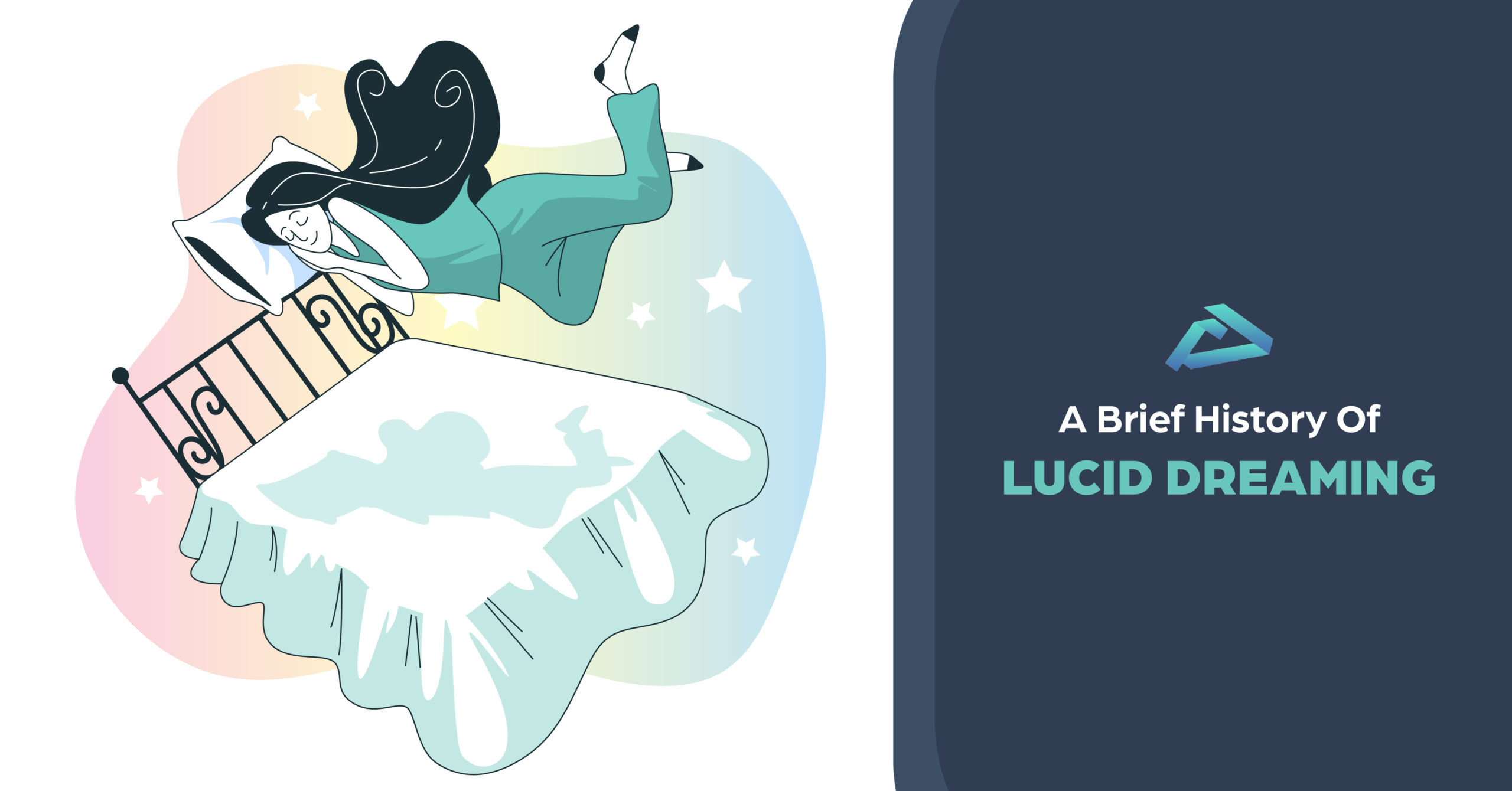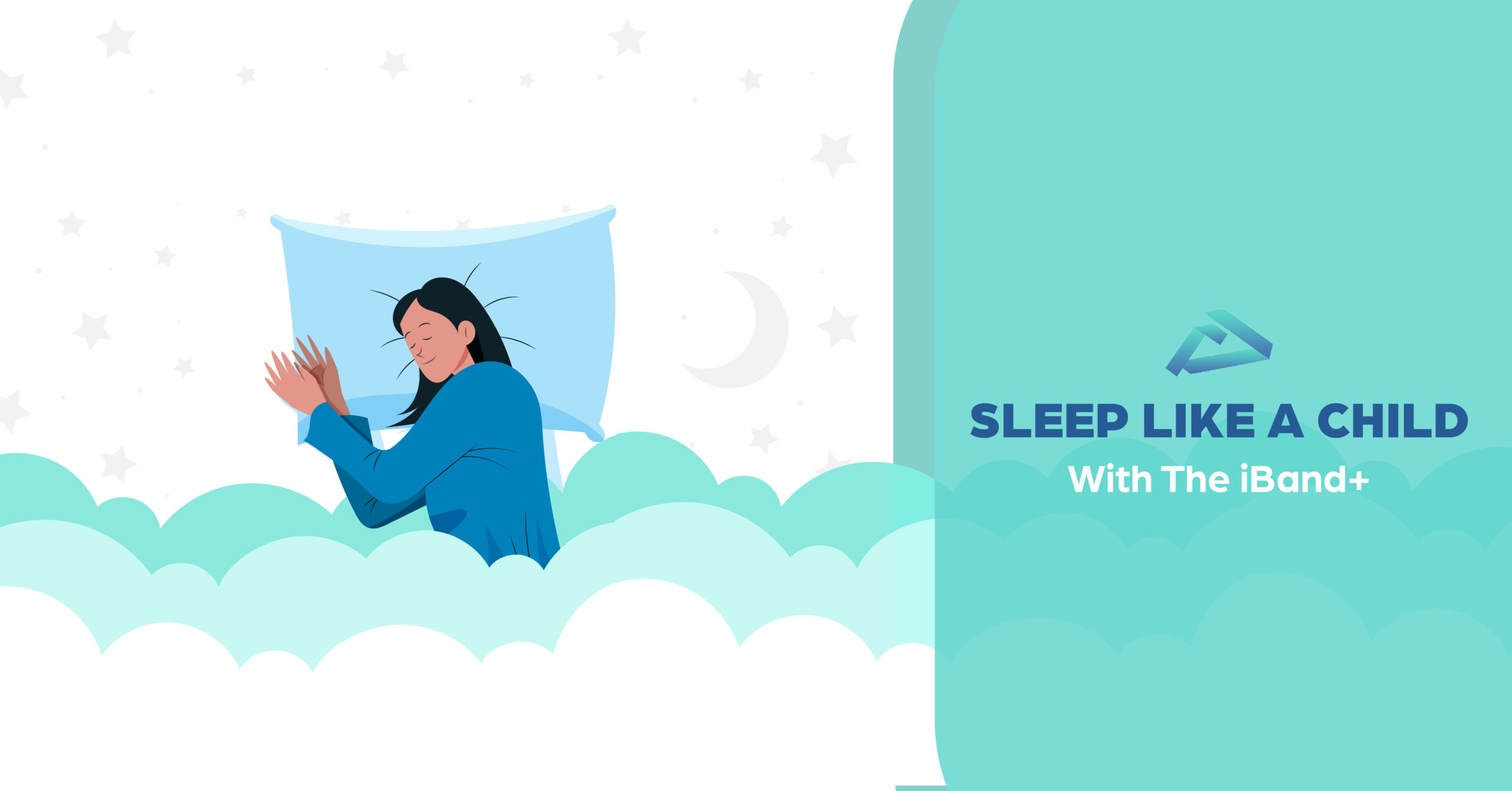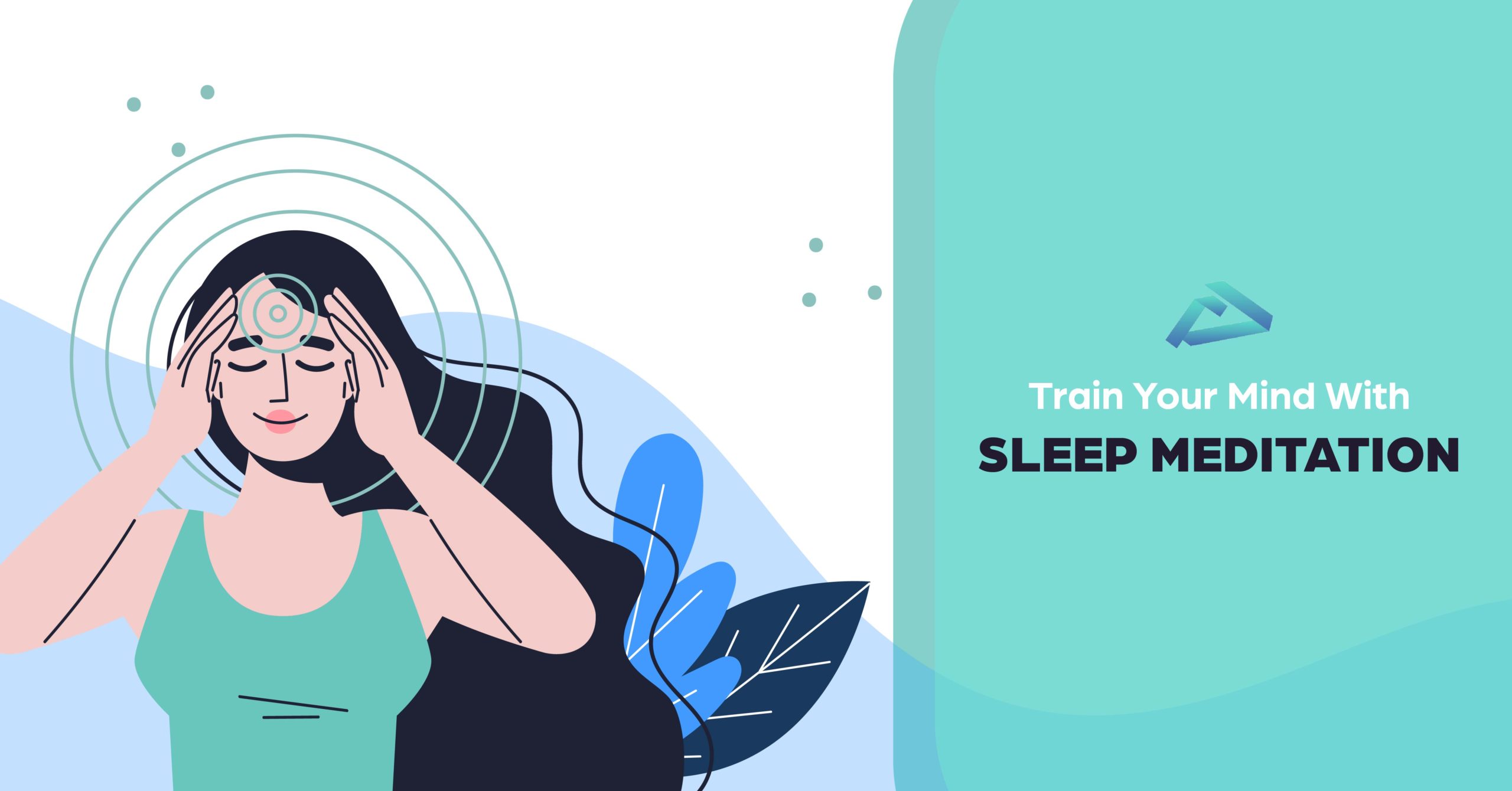The concept of lucid dreaming dates back to the Paleolithic era. Yes, you read that right. Science was not quick enough to factor in the vivid concept of lucid dreaming. In fact, till the year 1978, the scientific community did not even recognize it as a legitimate concept! Even so, there is absolutely verifiable evidence to support the fact that lucid dreaming was indeed documented in the eastern parts of the world, close to 1000 years ago.
As per the World of Lucid Dreaming, ‘the history of sleep and dreaming goes back to the BC era when ancient Greeks and Egyptians were the leading technological force.
The Egyptians analyzed the meaning behind dreams and they analyzed dream symbols, searching for prophecies from the gods. They believed in three bodies: Shat (the corpse body), Ka (the living physical body), and Ba (the soul)’
The Dream Studies Organisation further observes that, The first known textual description of lucid dreaming dates to before 1000 BCE from the Upanishads, the Hindu oral tradition of spiritual lessons, philosophy, and proverbs. The Vigyan Bhairav Tantra is another ancient Hindu tract that describes how best to direct consciousness within the dream and vision states of sleep’
Lucid Dreaming in the ancient world
The ancient Hindu practice of Yoga Nidra which dates before 1000 BCE, advocates the concept of being aware of the fact that an individual is in a state of dream. Cultivation of this very ability in order to ‘heal’ a yogi’s mental and physical health was/is at the very core of Yoga Nidra. Soon enough, this practice of cultivating the ability to be awake while dreaming found its way into ancient Buddhist literature and the Tibetian practice of ‘Dream Yoga’ which roughly translates to Yoga Nidra itself!
Tibetian Buddhists learned to control dreams, which is now wildly popular as WILD (Wake Induces Lucid Dreaming) WILD helps you slip into a dream state with a continued sense of being fully conscious.
Lucid Dreaming In The 17th Century
In the 17th Century, the world witnessed the acceptance of the idea of being able to control one’s dreams amongst physicians, scientists, and a few psychologists as well. Sir Thomas Browne, a philosopher, and physician studied the reasonings behind dreaming and was already making a record of his ability to be awake whilst dreaming.
Lucid Dreaming in the 20th Century
Fredrik Van Eaden, a dutch psychiatrist coined the term ‘Lucid Dreaming’ He is also known to be one of the pioneers in dream study, thanks to his treatise named, ‘A Study Of Dreams’
The World Of Lucid Dreaming.com further puts forth an excerpt that from this very book published in the year 1913 :
“The seventh type of dreams, which I call lucid dreams, seems to be the most interesting and worthy of the most careful observation and study. Of this type, I experienced and wrote down 352 cases in the period between January 20, 1898, and December 26, 1912.
In these lucid dreams, the reintegration of the psychic functions is so complete that the sleeper remembers day-life and his own condition, reaches a state of perfect awareness, and is able to direct his attention and to attempt different acts of free volition.
Yet the sleep, as I am able confidently to state, is undisturbed, deep, and refreshing. I obtained my first glimpse of this lucidity during sleep in June 1897, in the following way. I dreamt that I was floating through a landscape with bare trees, knowing that it was April, and I remarked that the perspective of the branches and twigs changed quite naturally.
Then I made the reflection, during sleep, that my fancy would never be able to invent or to make an image as intricate as the perspective movement of little twigs seen in floating by.”
Lucid Dreaming in recent times
In the late 1960s, Celia Green successfully classified this phenomenon scientifically. Then came the historic year of 1975. The year 1975 is extremely significant for lucid dreaming as it was the first time, lucid dreamer Alan Worsley and researcher Stephen LaBerge successfully proved the phenomenon in a laboratory setting. FYI, LaBerge continues to be a pioneer in the study of lucid dreaming!
Dream analysis – be it lucid or non-lucid is a vast universe in itself and many researchers, scientists, dream analysts are slowly discovering the significance of being able to lucid dream and its mental health benefits. Technology also plays a vital role when it comes to increasing awareness around lucid dreaming. It is a well-known, proven fact that lucid dreaming can help overcome minor sleeping disorders. As a result, a great number of people invest in sleep aid devices that help induce lucid dreaming via audio-visual cues that can customized as per your convenience.
